Introduction to Eye-Safe Laser Crystals
Laser technology has become a crucial aspect of modern science and technology, paving the way for advancements in various fields, notably in remote sensing and LIDAR applications. The two principal players in the game of eye-safe laser crystals are Ytterbium-Erbium-doped glass (Yb:Er:glass) and Thulium-doped Yttrium Aluminum Garnet (Tm:YAG). The battle between these two types of laser crystals is centered around their emission wavelengths, gain, and applications. Let’s dissect the two and see how they square off against each other.
Understanding Emission Wavelengths
The concept of emission wavelengths lies at the very core of laser technology, dictating numerous parameters such as penetration depth, power density, and safety measures. It’s no coincidence that Yb:Er:glass and Tm:YAG, two prominent laser crystals, are noted for their eye-safe wavelengths.
Emission Wavelengths of Yb:Er:glass
When we speak of Yb:Er:glass, we refer to a laser crystal that primarily operates in an eye-safe spectral region of around 1.5 µm. This wavelength region doesn’t just appear attractive on the surface; it carries significant implications for a wide array of applications. It ensures the safety of the human eye, which is crucial in environments where lasers are used, such as medical procedures, industrial manufacturing, and scientific research.
The 1.5 µm wavelength region is particularly fascinating because it coincides with the minimum water absorption in biological tissue. This characteristic makes Yb:Er:glass an ideal choice for biomedical applications, where it’s necessary to minimize potential tissue damage.
Moreover, this specific wavelength is well-matched with the transmission window of standard optical fibers. This makes Yb:Er:glass an attractive choice for fiber-optic communications, allowing for the efficient transmission of data over long distances without significant loss of signal.
It’s important to remember that the wavelength of 1.5 µm is only one aspect of Yb:Er:glass. Combined with other unique properties such as broad gain bandwidth, high quantum efficiency, and temperature stability, Yb:Er:glass exhibits outstanding overall performance in many applications, both in terms of efficiency and safety.
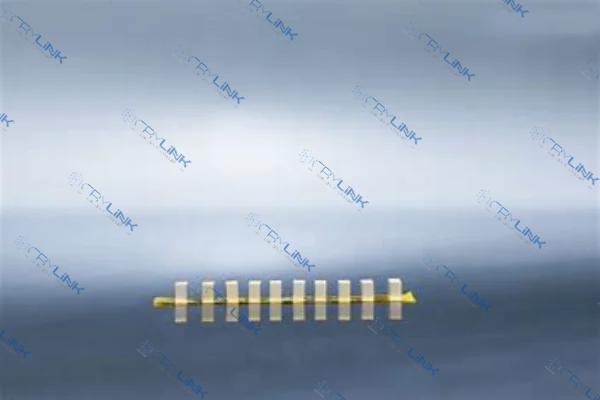
Emission Wavelengths of Tm:YAG
Moving on to Tm:YAG, the narrative shifts slightly. This laser crystal features a dominant emission line in the vicinity of 2.0 µm, a range that is also considered to be eye-safe. However, it’s the unique properties associated with this particular wavelength that truly set Tm:YAG apart.
At around 2.0 µm, certain materials show high absorption efficiency. This characteristic makes Tm:YAG a highly desirable choice for various high-power applications, including material processing and remote sensing.
The 2.0 µm wavelength region also coincides with a strong absorption line of water vapor. This makes Tm:YAG exceptionally suitable for atmospheric sensing and LIDAR applications, as it can provide accurate and reliable data about atmospheric conditions.
Beyond these, the emission wavelength of Tm:YAG is also beneficial in medical applications, specifically in laser surgery. The 2.0 µm wavelength can be strongly absorbed by water and biological tissue, providing an efficient cutting and coagulating effect while minimizing thermal damage to surrounding tissues.
Like Yb:Er:glass, Tm:YAG doesn’t solely rely on its emission wavelength to shine. It is also known for its high thermal conductivity and good mechanical properties, enabling it to withstand high-power operations and function reliably in a wide range of conditions.
In conclusion, while the emission wavelengths of Yb:Er:glass and Tm:YAG contribute significantly to their eye-safe designation, it’s the multitude of applications they enable and their unique properties that truly underline their importance in the field of laser technology. Whether it’s in the realm of remote sensing, telecommunications, medical applications, or industrial manufacturing, these laser crystals continue to prove their worth.
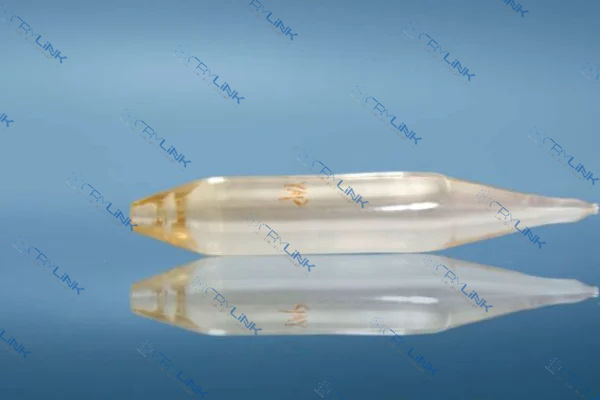
Unraveling Gain Parameters
The efficiency and effectiveness of any laser system are largely dictated by its gain parameters. Both Yb:Er:glass and Tm:YAG demonstrate distinct characteristics in this aspect, each leveraging its unique features to stand out in the broad spectrum of laser crystals.
Gain Parameters of Yb:Er:glass
One of the significant attributes of Yb:Er:glass is its high optical gain. Essentially, this means that a small input of energy can result in a significant output of laser light. The high gain serves as the foundation for amplifying light signals, contributing to the more intense and focused output laser beam that Yb:Er:glass is known for.
This aspect of high optical gain not only allows for a robust performance but also promotes efficiency. The less energy required to produce a potent laser beam, the more resource-efficient the laser system becomes. It’s this efficiency, combined with a potent output, that makes Yb:Er:glass a preferred choice for applications that require high-intensity light beams, such as precision machining, medical surgery, and remote sensing.
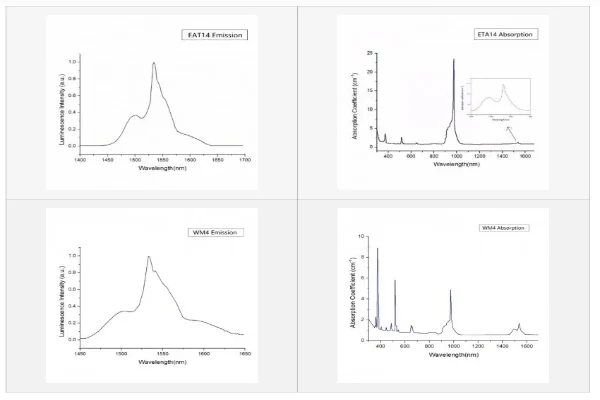
Gain Parameters of Tm:YAG
On the flip side, the gain parameters of Tm:YAG are comparatively lower. But, what Tm:YAG might lack in optical gain, it compensates for with its impressive power-handling capability. The unique crystalline structure of Tm:YAG endows it with a high damage threshold, enabling it to function efficiently under high-power operations.
For applications where robust power is paramount, Tm:YAG shines. Its ability to handle high power without succumbing to damage makes it a resilient choice for demanding tasks, including material processing, wind velocity measurements, and high-power LIDAR systems. Additionally, this superior power handling ability also contributes to the long operational life and reliability of Tm:YAG crystals.
To sum it up, the high optical gain of Yb:Er:glass and the impressive power handling of Tm:YAG underline their respective strengths. These gain parameters offer invaluable insights into their performance, allowing researchers and engineers to select the most suitable laser crystal for their specific needs. Regardless of the differences, both Yb:Er:glass and Tm:YAG continue to play critical roles in the expanding realm of laser technology.
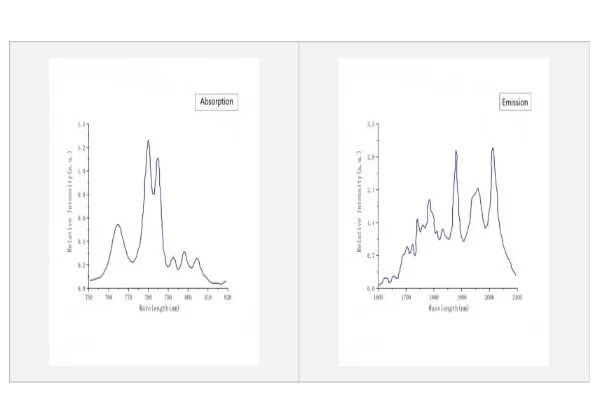
Applications in Remote Sensing and LIDAR Systems
In the landscape of remote sensing and LIDAR systems, the pivotal role played by Yb:Er:glass and Tm:YAG crystals cannot be overstated. Each, with its unique set of properties, contributes significantly to the advancement of these critical technologies.
Yb:Er:glass in Remote Sensing and LIDAR Systems
Yb:Er:glass crystals have carved a unique niche in remote sensing and LIDAR systems. Their high optical gain and emission wavelength in the eye-safe region make them an ideal candidate for such applications.
In distance measurement, for instance, the high optical gain of Yb:Er:glass allows for the production of intense laser beams that can travel long distances without significant attenuation. This is critical in LIDAR systems, where laser beams are projected onto a target and the reflected light is analyzed to determine the distance.
For environmental monitoring, the emission wavelength of Yb:Er:glass comes into play. As this wavelength coincides with the low-absorption window of the atmosphere, it enables the transmission of laser beams over long distances without significant absorption by atmospheric constituents. This property is invaluable in applications such as air quality monitoring and atmospheric studies.
Moreover, in defense applications, the eye-safe emission wavelength of Yb:Er:glass is a boon. Whether it’s for surveillance, target designation, or range finding, the ability to safely use high-intensity lasers in the presence of personnel is a critical advantage.
Tm:YAG in Remote Sensing and LIDAR Systems
Tm:YAG crystals, on the other hand, have found a comfortable home in high-power applications, including remote sensing and LIDAR systems. Their impressive power handling capabilities set them apart, even in the face of their lower gain parameters.
One primary application is wind velocity measurement. High-power LIDAR systems using Tm:YAG crystals can project laser beams to high altitudes to measure wind speed and direction with impressive accuracy. The high power ensures that the laser beams can travel to significant heights and still have enough intensity upon return to provide reliable data.
Similarly, in atmospheric studies, the 2.0 µm emission wavelength of Tm:YAG, which coincides with a strong absorption line of water vapor, is instrumental. These crystals allow scientists to obtain accurate data about the water vapor profile of the atmosphere, which is crucial for weather prediction and climate studies.
In summary, the adaptability and versatility of both Yb:Er:glass and Tm:YAG crystals have proven invaluable in the world of remote sensing and LIDAR systems. Their unique properties have not only paved the way for technological advancements but have also unlocked new possibilities for future exploration.
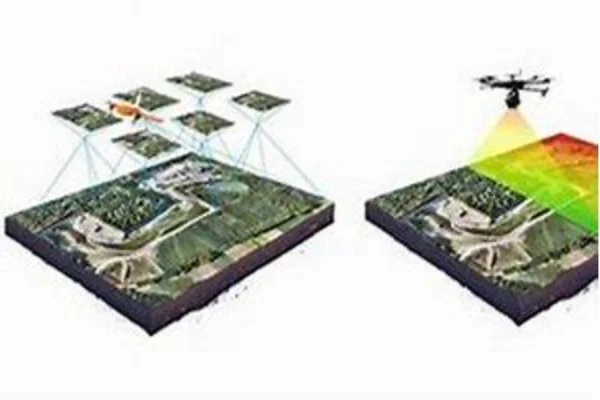
The Verdict: Yb:Er:glass vs. Tm:YAG
Choosing between Yb:Er:glass and Tm:YAG largely depends on the specific application at hand. While Yb:Er:glass provides high gain and operates at an ideal wavelength for eye safety, Tm:YAG offers excellent high-power performance.
Conclusion
The battle of eye-safe laser crystals, Yb:Er:glass and Tm:YAG, is not so much a battle as it is a complementary relationship. Both crystals offer unique advantages, and their selection depends on the desired application. While Yb:Er:glass provides high optical gain and an eye-safe emission wavelength, Tm:YAG is more suited for high-power applications. In the realm of remote sensing and LIDAR applications, both crystals prove to be indispensable assets, ensuring eye safety while also catering to various specific requirements.
Frequently Asked Questions
- 1. What is the main difference between Yb:Er:glass and Tm:YAG crystals?
- The main differences lie in their emission wavelengths and gain parameters. Yb:Er:glass operates around 1.5 µm and provides high gain, while Tm:YAG operates around 2.0 µm and excels in high-power applications.
- 2. Why are these crystals considered ‘eye-safe’?
- These crystals are deemed ‘eye-safe’ because their emission wavelengths fall in a region that significantly reduces potential eye hazards associated with laser applications.
- 3. How are these crystals used in remote sensing and LIDAR applications?
- Yb:Er:glass is commonly used in distance measurements, environmental monitoring, and defense applications due to its high gain. Tm:YAG is suited for high-power applications like wind velocity measurements and atmospheric studies.
- 4. Which is better: Yb:Er:glass or Tm:YAG?
- Both crystals have their unique strengths. The choice between the two depends on the specific application requirements.
- 5. Can these crystals be used in other applications outside of remote sensing and LIDAR?
- Absolutely. Apart from remote sensing and LIDAR, these crystals find use in other areas like medicine, telecommunications, and research.

Frank
Frank graduated from the University of Shanghai for Science and Technology, majoring in optics. As a technical engineer at Crylink Company, he deeply understands crystal materials and laser components.
Related Video(s) with this Article
Related Product(s) with this Article
Related Application(s) with this Article
